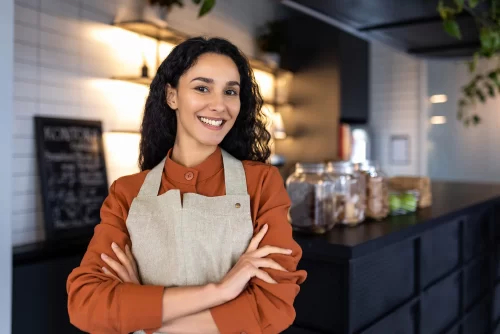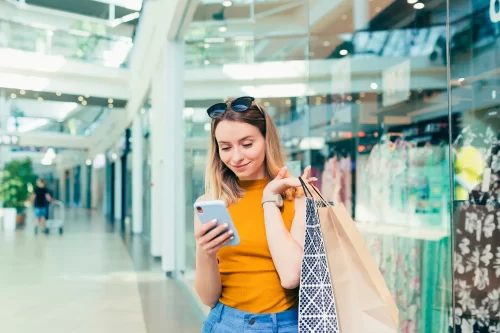1. Brands as Allies in Digital Transformation
Appearances of the shopkeeper as the lead in television commercials are recurrent, especially in those of low-paying references. But fewer brands propose to contribute to this channel’s digital transformation, which has also been impacted by the emergence of hard discounters (a problem with which they are connected with big brands) and by the needs of a shopper who is more concerned about disinfected surfaces and prefers home delivery.
How can brands be allies of this channel to genuinely connect with communities and transcend the TV commercial?
2. New Challenges in Having a Shop
One of the alternatives to unemployment that Colombians have, especially when we come from historical figures in this “anti-indicator,” is the opening of neighborhood shops. (Mini business). However, these seem to be concentrated in middle and low socioeconomic segments, where there are still blocks with houses and an urban neighborhood environment from the 20th century. And this is due to the fact that the fourth era of urbanization of our cities implied the growth of condominiums, where the dynamics of taking advantage of home space for business space have been limited or transformed (e.g., use of front desk areas, home deliveries to buildings, small commercial spaces on new properties).
How do brands adapt to new urban realities, which imply new ways of having a shop?
3. Technology at the Service of Shopkeepers
There are already several efforts in which apps have joined and made shops technologically visible, a trend that was already in place in similar establishments in other countries. However, the relationship with this channel can be strengthened through technology without the existence of other intermediaries. Think about the possibility of placing orders with a button on the cell phone or customizing the trade from photos that the shopkeeper user shares via WhatsApp, saving time and optimizing resources.
How can brands use technology to build valuable relationships for a channel that continues to be important to Colombians?





